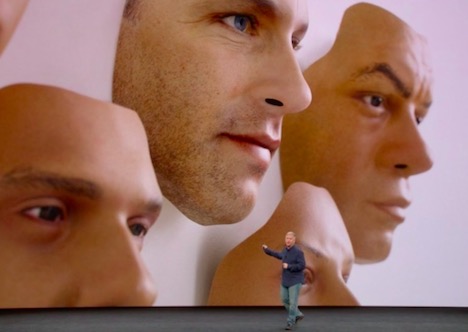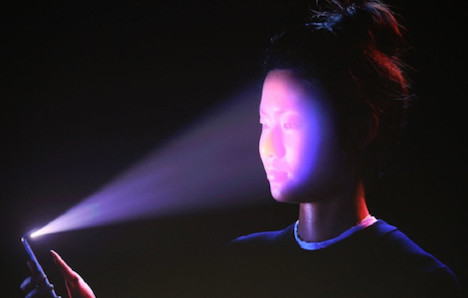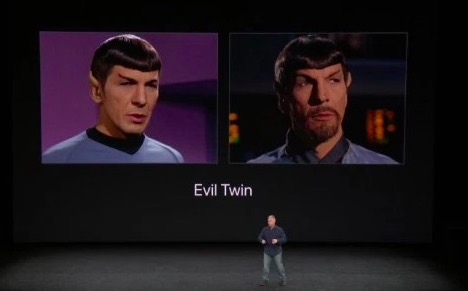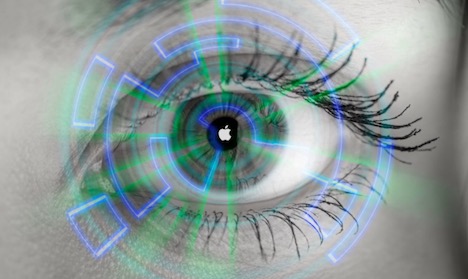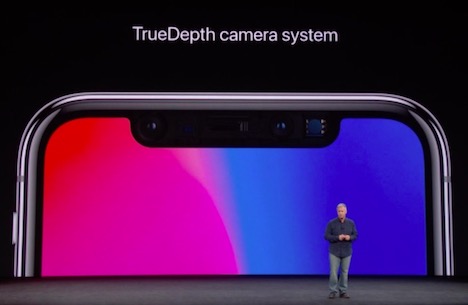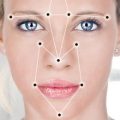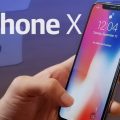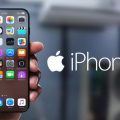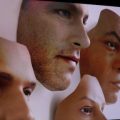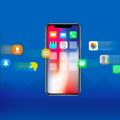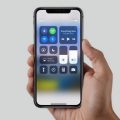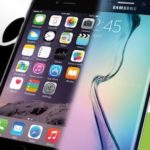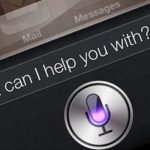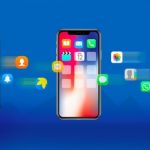15 Facts About iPhone’s Facial Recognition: Good or Bad Idea?
When Apple introduced its latest iPhone X lately, there were plenty of new features including sharper display, upgrading camera, wireless charging, etc. most of all, the feature that really got the attention of people was the phone’s 3-D facial recognition system. It is the feature that uses a 3D scan of the user’s face for the recognition of his identity, and eventually unlock the device after it. However it is a huge advancement over a fingerprint reader, it would have also been suggested as an easy and much more natural action for user to perform – the user simply looks at the phone and it gets unlocked. Since Apple is working on its convenience angle really hard, you don’t need to worry for unlocking your phone if your fingers are wet.
On the other hand, such face biometric raised a lot of security questions inevitably. There has always been a greatly high-pitched Twitter Chatter on the topic, which includes many speculations that could be put into action against the person to unlock their device even in their presence.
A lot of other smartphones have made efforts to copy the concepts, but ultimately, they ended up exacerbating the face unlock systems. For instance, Samsung used a new and different facial recognition unlock feature that had been fooled with simply a photo of the face in question. It makes the feature pathetically insecure in this digital era where selfies are traded publicly as a standardized social communication currency.
1. How does face recognition work?
It is thought that FaceID can use the front-facing camera and a 3D depth-sensor to form a close map of the face.
iOS developer Guilherme Rambo has aforesaid that once 1st putting in place the iPhone X, users are going to be asked to maneuver their face from region to capture a full 3D scan.
FaceID can then work mechanically for unlocking, however would force a press of the facility button for ApplePay.
The latest leaks have unconcealed another use for the scanner – animated emojis creatively named Animojis which is able to move and mimic facial expressions.
2. Is it different from other systems?
Yes. Samsung physics Co.’s newest smartphones supply face recognition, however in a very kind that it says is a smaller amount secure than a PIN or countersign. Since the telephone lacks a three-D scanner, it depends strictly upon the looks of the face. Some individuals have managed to fool it with photos of the phone’s owner.
3. What is the benefit of Face ID?
Ease of use and security, per Apple. The iPhone X detects once you’re gazing the show and unlocks mechanically, while not you desirous to manipulate the screen, Apple says. And it says the system is safer than bit ID, the fingerprint scanner that’s been customary on iPhones for the past four years. Per Apple, the possibility of somebody else unlocking your phone with Face ID is one in a very million, compared with one in 50,000 for bit ID.
Apple code chief Craig Federighi veteran a small hiccup at Tuesday’s demo: The phone did not unlock once he initial tried to open it using Face ID. Apple later aforementioned this was as a result of the phone hadn’t been antecedently unbarred with a PIN to activate Face ID. What’s going to very build or break the user expertise is however long unlocking takes and the way correct it’s in everyday use, that we’re unlikely to grasp until after its Nov. 3 shipping date. Another issue is whether or not it works higher for a few individuals than others. “Many automatic face recognition systems have a better rate of error once tested for accuracy in distinctive individuals of color,” U.S. legislator Al Franken of Gopher State wrote in a very Sept. thirteen letter to Apple business executive Tim Cook, as he wanted reassurances on variety of considerations associated with Face ID.
5. What if you grow a beard or have an evil twin?
For the dual, you ought to most likely use the PIN-only login possibility. At the demo, Apple warned that folks with a detailed genetic relationship were additional probably to be ready to unlock another person’s device. However a mask shouldn’t fool the system — Apple’s engineers worked with Hollywood mask manufacturers to make sure they couldn’t hoodwink it. Apple says that the system uses neural networks to acknowledge slow changes in look, sort of a new beard, totally different hair, glasses, weight gain or kind, and adapt. However if there’s a dramatic or abrupt alteration, say from cosmetic surgery, you’ll be able to use the PIN to reset it.
6. It isn’t counseled for youths below thirteen years more matured
Much like biometric authentication in ikon apps, youngsters provide machine learning a tough time. Faces amendment. Apple does not suggest Face ID for youths. Also, you are most likely not obtaining your child a thousand-dollar iPhone, however you would possibly lend them yours.
7. Face ID still wants an everyday passcode, that is needed once restart or five false tries
Just like bit ID, a Face ID scan failure suggests that you may enter your regular passcode. Or, if Face ID is unsuccessful five times. Or, if you are in SOS mode (pressing volume and facet button for two seconds), or it has been forty eight hours since the iPhone X has been unlatched. Getting into a passcode is additionally the way to amendment Face ID, similar to bit ID settings.
8. Face ID wants your eyes open and directed at the phone, however that may be deactivated
Measurement of “intent” is needed, except for accessibility functions this may be modified in settings, in step with Apple. (CNET hasn’t tried that as a result of we do not have AN iPhone X nevertheless.)
9. Face ID should not work with photos or masks
Apple says its on-chip neural network (an adapting program exploitation machine learning) protects against those styles of spoofing. We’ve not tested that nevertheless.
10. It will work with ‘scarves, hats, glasses, contact lenses and lots of sunglasses’
There’s a sure flexibility to face recognition via Face ID, however solely to a degree.
11. Face ID knowledge is just keep on the iPhone’s secure district chip, very like bit ID
The data consists of second face pictures, a depth map of the face exploitation infrared dots, and a second infrared image.
12. The TrueDepth camera randomizes its scans and image-capturing and infrared image dot pattern every time it’s used, for security
According to Apple, the pattern and order of TrueDepth scanning keeps dynamical slightly, that additionally prevents spoofing.
13. Any apps or passwords that use bit ID can mechanically be able to add Face ID authorization
In that sense, it ought to be activated in similar things.
14. Paying with Apple Pay needs double-clicking the facet button before exploitation Face ID
That’s however you indicate you are able to get one thing. It sounds a little like however Apple Watch works with its facet button, and face scanning. It additionally suggests that you will be double-clicking the facet button plenty (and then scanning your face together with your phone).
15. Apple does not use your face knowledge — unless you sign in for Face ID medicine
If you request Face ID medicine in settings (for Applecare, for instance), there is a means that photos are often uploaded to Apple — however any photos square measure shown to the user 1st before they are uploaded in the least.
Tags: apple, iphone, smartphone



